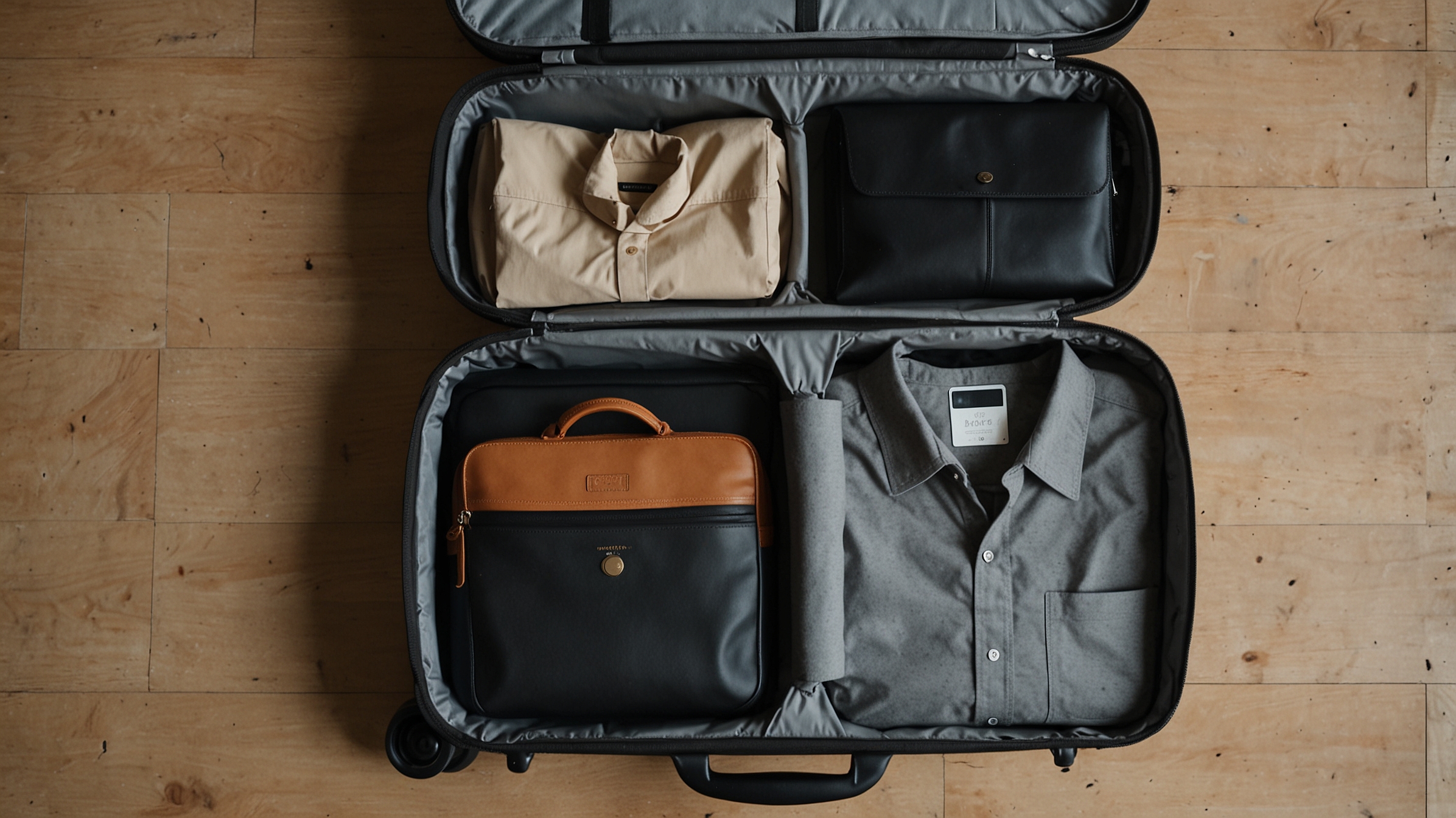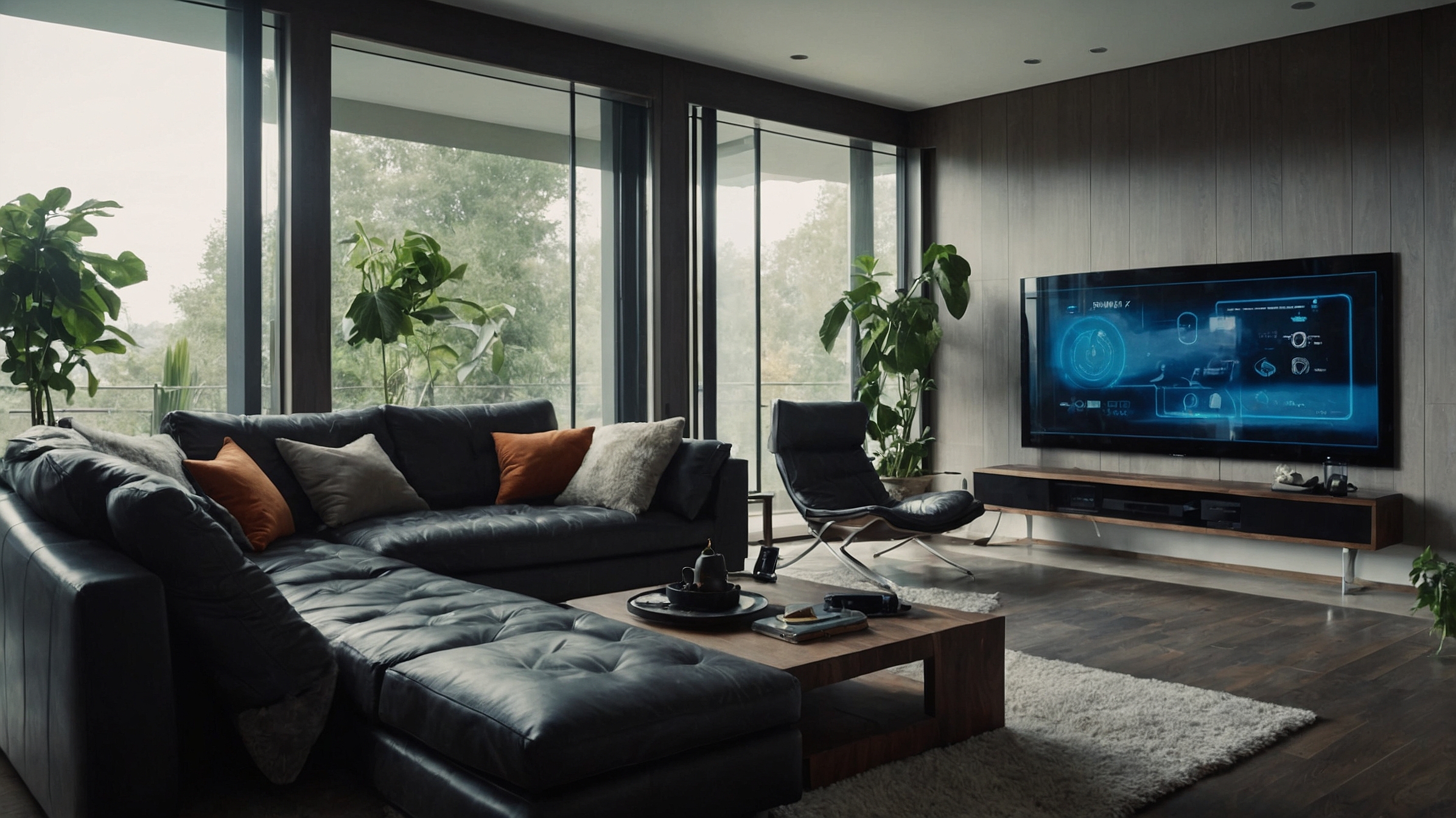Can Artificial Intelligence Truly Understand—and Respond to—Human Emotion?
In an era where voice assistants guide us through morning traffic and infotainment systems learn our musical tastes, the relationship between humans and machines is evolving fast. But the next frontier is even more personal: emotionally intelligent AI. From cars that detect your mood to digital copilots capable of conversation and empathy, emotionally aware machines are no longer science fiction—they’re rolling onto the highway.
The Shift from Functional to Emotional AI
Historically, AI in vehicles served purely functional roles: navigation, voice commands, and predictive maintenance. But today’s automotive AI is beginning to evolve into something far more human. Thanks to advancements in natural language processing (NLP), facial recognition, and machine learning, AI can now assess tone, word choice, facial expressions, and even biometric data to understand how we feel.
Companies like Affectiva (an MIT Media Lab spin-off), Nvidia, and major automakers like Mercedes-Benz and Toyota are integrating emotion-sensing technologies into in-car systems. The goal? Create driving experiences that are safer, more intuitive—and yes, more emotionally connected.
How AI Reads Your Emotions
To gauge a driver’s emotional state, AI systems combine data from multiple sensors. Cameras track facial micro-expressions; microphones analyze voice tone and cadence; wearables or seat sensors monitor heart rate and perspiration levels. This multimodal input allows the AI to respond accordingly—soothing you with calming music when you’re stressed, or suggesting a break if it detects fatigue or irritation.
In the Mercedes-Benz MBUX system, for example, drivers can interact with a virtual assistant that remembers personal preferences, suggests routes based on past behavior, and even responds empathetically to tone changes. If you’re frustrated, it may suggest alternate routes or offer to lower the cabin lights and play relaxing music.
Conversational Companions: More Than Just Voice Assistants
The evolution from command-based voice assistants to conversational companions is one of the most significant steps in automotive AI. The latest systems use advanced models like ChatGPT and Google’s Gemini to simulate real dialogue—not just scripted responses.
Startups like Soul Machines and Replika have taken this concept further by designing AI avatars that learn from user interactions, build “memories,” and adjust their personality over time. While these applications are still in the early phases of car integration, the potential for creating virtual copilots that “know” you is enormous.
Imagine commuting after a stressful day, and your AI companion asks, “Rough day? Want to talk about it, or should I just play some mellow tunes?” That level of interaction moves AI from tool to companion.
Can Machines Form Emotional Connections?
Here lies the big question: Can AI truly form emotional bonds, or are they just simulating connection?
While machines don’t feel in the human sense, they can mimic emotional intelligence to a convincing degree. The emotional bond we form may say more about us than the machine. Just as people name their cars or talk to pets, many find comfort in responsive machines. This is especially relevant in long commutes, solo drives, and for older or socially isolated individuals.
Psychologists call this the “Eliza Effect”—our tendency to project emotions onto software that appears to understand us. The more humanlike the interaction, the stronger the illusion of relationship. In the automotive space, this opens up opportunities to improve mental wellness, reduce driver stress, and create safer, more personalized experiences.
The Ethical Road Ahead
Of course, integrating emotionally intelligent AI into cars raises ethical and privacy questions. Should your car know when you’re sad, anxious, or angry? Who owns the emotional data it collects? What if it makes incorrect judgments—or worse, manipulates behavior?
To address these concerns, companies are focusing on transparency and user control. Users must be informed about what data is collected, why, and how it’s used. Opt-in features and localized processing (where sensitive data doesn’t leave the car) are becoming standard practices.
Additionally, automakers are collaborating with ethicists and psychologists to ensure emotionally responsive AI enhances well-being rather than exploits it.
Looking Forward: Emotionally Aware Vehicles as the Norm
Within the next decade, emotionally intelligent AI is likely to be standard in many vehicles—especially as autonomous and semi-autonomous driving becomes more common. When the car is doing the driving, the AI companion may become your main source of interaction, guidance, and even entertainment.
From detecting road rage to comforting a driver during stressful commutes, emotionally aware machines may not just change how we drive—they might change how we feel while driving.
Final Thought:
Emotionally intelligent AI won’t replace human companionship, but it can enhance our relationship with technology in meaningful ways. As cars grow more intuitive and responsive, we may find that the best copilots aren’t human—they’re algorithms that truly “get us.”














